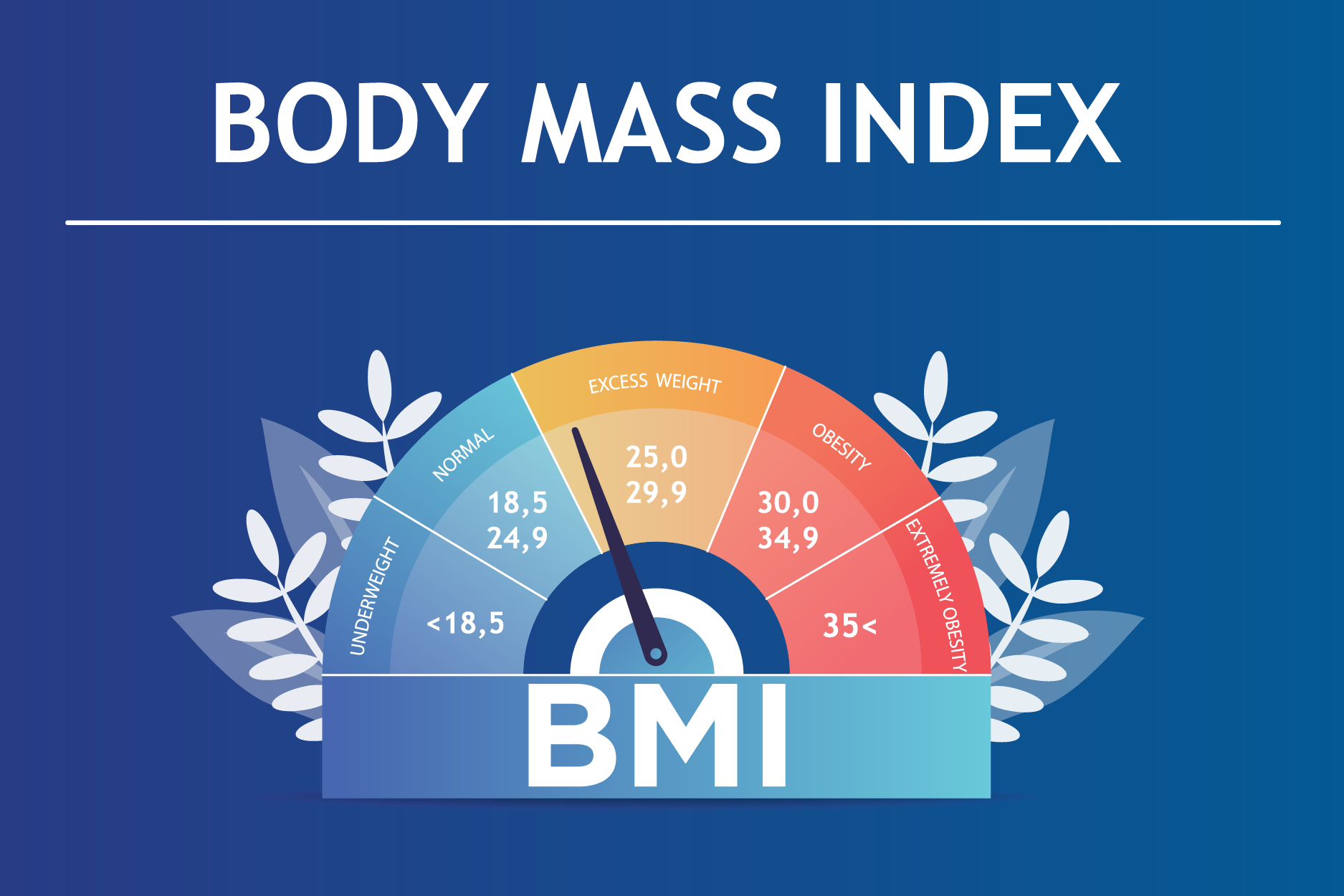Understanding your health begins with knowing your body. One of the most effective ways to evaluate if your current weight is aligned with your overall wellness goals is by using a BMI index calculator. Body Mass Index (BMI) is a universally recognised tool that correlates weight and height to assess whether a person is underweight, at a healthy weight, overweight, or obese.
If you have been wondering whether you are maintaining a healthy body weight or need to adjust your lifestyle, the BMI calculator can give you a quick and reliable snapshot. It is also a smart way to track progress toward fitness or weight management goals.
What is BMI and why does it matter?
BMI is a number derived by dividing a person’s weight in kilograms by the square of their height in metres. While it does not directly measure body fat, it provides a close estimation of whether your weight is proportionate to your height.
The result is then categorised into ranges:
- Below 18.5 – Underweight
- 18.5 to 24.9 – Normal or healthy weight
- 25 to 29.9 – Overweight
- 30 to 35 – Obese
- Over 35 – Severely obese or morbid obesity
Although BMI index calculator alone cannot diagnose a health condition, it helps identify if you may be at risk of weight-related illnesses.
How to use the BMI index calculator
Calculating your BMI is simple and only requires your weight and height. There are two formulas based on the measurement system you use:
Metric System (SI):
BMI = Weight (kg) ÷ Height (m²)
Example: For someone who is 1.75 metres tall and weighs 70 kg:
BMI = 70 ÷ (1.75 × 1.75) = 22.86
Imperial System:
BMI = Weight (lb) ÷ Height (in²) × 703
Example: A person weighing 150 pounds and standing 65 inches tall:
BMI = (150 ÷ 4225) × 703 = 24.96
An online BMI index calculator eliminates the guesswork and allows instant results by simply inputting your values.
How it supports smart weight management
BMI is a foundational tool for body shape calculator functions, especially those targeting fat loss, lean muscle gain, or medical risk reduction. It is used by doctors, fitness trainers, and health professionals to assess your weight category and guide personalised strategies for health improvement.
For instance, if your BMI is in the overweight or obese range, it can signal the need for lifestyle adjustments. Similarly, if your BMI is below 18.5, it may point to potential nutritional deficiencies or underlying health conditions.
Health risks of a high BMI
Having a BMI above 25 could put you at a higher risk for several health concerns, including:
- Type 2 diabetes
- High blood pressure and heart disease
- Elevated LDL cholesterol
- Stroke
- Gallbladder problems
- Sleep apnea
- Osteoarthritis
- Certain cancers (breast, colon)
- Mental health issues such as depression
- Hormonal imbalances and fertility issues in women
Over time, excessive weight strains multiple systems in your body and can result in chronic conditions that are costly and difficult to manage.
Risks associated with being underweight
Low BMI, or a score below 18.5, comes with its own set of risks:
- Poor immune function
- Nutrient deficiencies
- Anaemia
- Hormonal disturbances
- Reduced bone density
- Fertility issues
- Developmental delays in children
Being underweight could also indicate conditions such as eating disorders or other chronic illnesses, so it should be taken seriously and addressed with medical support.
BMI for children and teens
Children and teenagers have varying fat percentages based on age and gender. While the formula for calculating BMI remains the same, the result is interpreted using percentile charts. For example, a child in the 25th percentile has a BMI higher than 25% of peers in their age and gender group. This helps assess whether a child is developing in a healthy range and identifies any early concerns regarding underweight or obesity.
The link between BMI and body shape
While BMI gives a numerical value, a body shape calculator assesses how weight is distributed across the body. Apple-shaped individuals (more fat around the abdomen) and pear-shaped individuals (more fat around the hips and thighs) may have different health risks even with similar BMIs. Waist circumference and waist-to-hip ratio are additional tools used alongside BMI to evaluate metabolic health.
Why use a BMI index calculator regularly?
Using a BMI calculator periodically helps you:
- Monitor weight changes effectively
- Understand the impact of diet and exercise
- Set realistic fitness or weight loss goals
- Take early steps if weight is moving into a risk zone
- Track development in growing children and teenagers
- Assist doctors in determining medication dosages
With regular monitoring, you can make informed decisions about your lifestyle and maintain long-term well-being.
Health insurance and preventive awareness
Your BMI is also considered by many insurance providers when determining premiums or eligibility for certain plans. Maintaining a healthy BMI not only helps prevent illness but could also lower your health insurance costs.
Additionally, pairing a healthy lifestyle with a reliable health insurance policy ensures that you are covered for unexpected medical events. Whether it is a chronic condition arising from a high BMI or a sudden medical emergency, having health coverage adds a layer of financial safety.
Conclusion
The BMI index calculator is a quick yet powerful tool to track your health progress. Alongside other health indicators, it forms the foundation for understanding whether your weight is in the optimal range for your height. When used with a body shape calculator, it offers deeper insights into your risk factors and guides your health decisions.
Whether you are aiming to lose, gain, or maintain weight, tracking your BMI empowers you to take control of your well-being. Combine it with healthy habits, professional advice, and comprehensive insurance coverage to ensure that your body stays balanced, energised, and protected.






